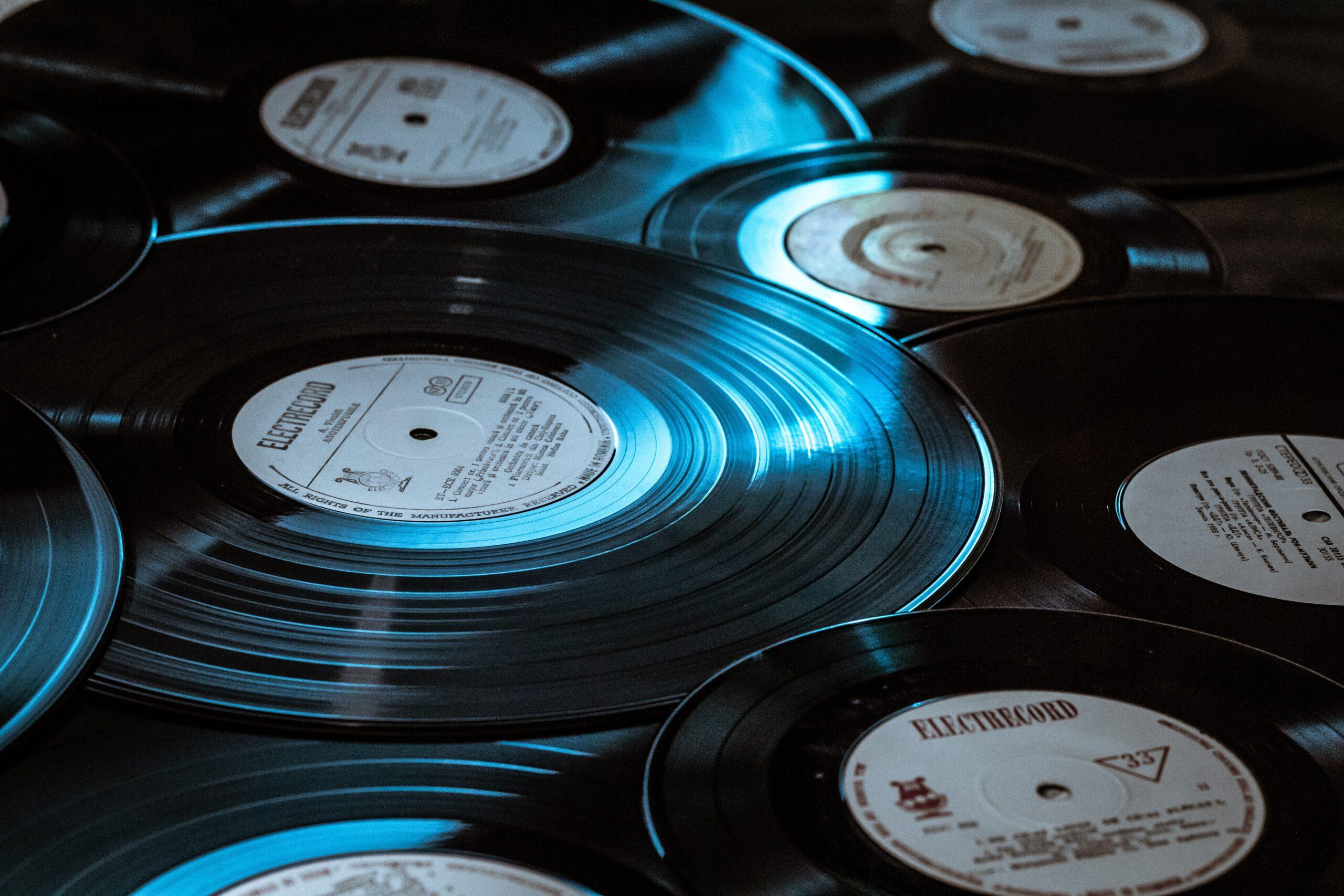For decades, vinyl records have been a fundamental element of the music industry, providing music enthusiasts with an exceptional and genuine auditory encounter. One of the critical decisions when it comes to vinyl records is choosing the right speed to play them at. The two most common speeds for vinyl are 33 RPM and 45 RPM, and there has been an ongoing debate among audiophiles on which speed is better.
In this article, we’ll provide you with the ultimate comparison guide for 33 vs. 45 vinyl records so that you can make an informed decision based on your preferences and listening environment.
What Is RPM, and Why Does It Matter?
Before we dive into the comparison, it’s essential to understand what RPM means and how it affects the sound of vinyl. RPM stands for “revolutions per minute,” and it refers to the number of times the record rotates on the turntable per minute. The standard vinyl records speeds are 33 1/3 RPM and 45 RPM, but there are also other speeds, such as 78 RPM and 16 2/3 RPM, that are less common.
The record speed plays a critical role in determining the sound quality of the music and the amount of music that can fit on the vinyl. A faster revolution per minute implies that the grooves on the vinyl are more closely packed, allowing for more music to be recorded. However, a higher RPM also means that the stylus has to move across the grooves more rapidly, leading to a reduction in bass frequencies and a less vibrant sound.

How RPMs Connected With Record Size?
Record size refers to the diameter of a vinyl. The most common sizes are 7-inch, 10-inch, and 12-inch records, with 12-inch being the standard size of full-length albums. The size also determines the speed at which the turntable should be set to play a record correctly. For instance, a 7-inch single is typically played at 45 RPM, while a 12-inch LP is played at 33 1/3 RPM.
Here is a summary of RPM’s connection with record size:
| Record Size | RPM | Production Circulation |
| 7-inch | 45 | Common and standard |
| 7-inch | 33 | Rarely in circulation |
| 10-inch | 78 | Innately rare |
| 12-inch | 45 | Mostly singles and promotional |
| 12-inch | 33 | Most widely produced and circulated, regarded as primary size and RPMs |
RPM Comparison: 33 vs. 45
Now that we have a fundamental comprehension of how RPM affects the quality of audio, let’s explore the differences between 33 and 45 vinyl records.
Sound Quality
When it comes to sound quality, forty-fives are generally considered to be superior to thirty-trees. This is because 45 RPM types of vinyl have a higher frequency response and a greater dynamic range, resulting in a more detailed and clear sound. These records also have less surface noise and a lower distortion level, making them ideal for audiophiles who are seeking the best possible sound quality.
On the other hand, 33 RPMs have a warmer sound due to the lower speed and broader grooves, which can be preferable for certain genres of music, such as jazz and blues. Those vinyls also have a longer playing time, allowing more music to be included on a single record.

Compatibility
Another factor to consider when choosing between 33 and 45 vinyls is compatibility with your turntable. Most modern turntables have the ability to play both types of records, but it’s crucial to check the specifications of your turntable before purchasing an LP to ensure compatibility.
If your turntable only supports one speed, it’s important to choose records that match it. Playing a vinyl at the wrong speed can cause damage to the stylus and the grooves on the record, resulting in poor sound quality and potentially permanent damage. It’s always a good idea to double-check the speed requirements, especially if you’re unsure about the compatibility of your equipment.
Availability and Cost
When it comes to pricing, 33 RPMs are generally more common and less expensive than 45 RPMs. This is because 33 RPMs have been the standard speed for vinyl records since the late 1940s, and they are still the most commonly produced speed today. 45 RPMs, on the other hand, are less common and often more expensive. These records are often produced in limited runs and can be more expensive due to the higher production costs. However, for audiophiles who prioritize sound quality over cost, the extra expense is often worth it.
It’s also noteworthy that some record labels have started releasing newer albums on forty-fives to cater to the growing demand for high-quality sound. While this is still a relatively niche market, it shows that there is a market for high-quality records and that demand for 45 RPM vinyl may continue to grow in the future.
Conclusion
| 33 RPMs | 45 RPMs |
| Longer playing time, allowing for more music to be included on a single record | More detailed and clear sound due to higher frequency response and greater dynamic range |
| Warmer sound due to the lower speed and broader grooves | Less surface noise and lower distortion level |
| More common and less expensive | Closer grooves allow higher volume levels and potentially better bass response |
In conclusion, the choice between 33 RPM and 45 RPM vinyl records ultimately comes down to personal preference and listening environment. If you’re looking for the best possible sound quality and are willing to pay a premium, 45 RPM pieces of vinyl are the way to go.


